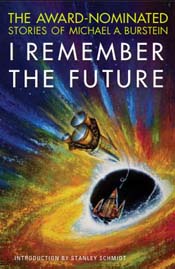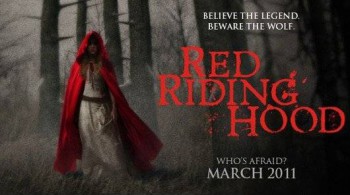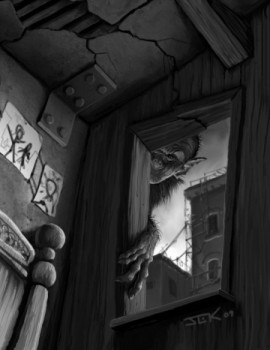;
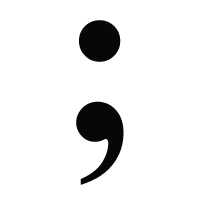 No, the title of this post is not a typo.
No, the title of this post is not a typo.
I have recently spent some quality time pondering the most misunderstood of all punctuation marks: the semicolon. Specifically, what role should the semicolon play in fiction? If any?
If you cruise around Google a bit, you will find that most fiction writers come down hard on this strange Moreau of colon and comma. The post on this site is one example, and the writer quotes Kurt Vonnegut’s screed against the typographical mark: “Here is a lesson in creative writing. First rule: Do not use semicolons. They are transvestite hermaphrodites representing absolutely nothing. All they do is show you’ve been to college.”
This shows that Mr. Vonnegut had very little faith in high school. You should know how to use a semicolon before you get to college, or else your English teachers have really been taking standing naps at the podium. (This colorful site does a nice rundown on usage.)
Okay, so I get the gist of it from the majority of fiction advisers: semicolon is sorta strange looking, works better in academic and nonfiction work, and writers can get the same grammatical effect by turning those independent clauses into two separate sentences. And there’s always the em dash (which could start up another debate.)
Except, right as I was reading over this advice, I immediately came across two books from major writers with the semicolon putting in a great amount of time — and doing amazing things.
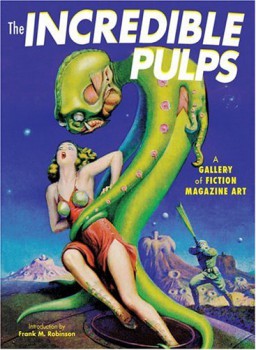
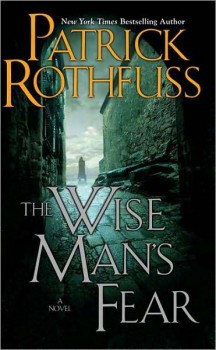
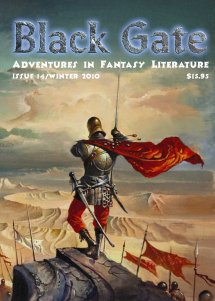 Mike Ferrante at the King of the Nerds blog has published a lengthy review of our latest issue:
Mike Ferrante at the King of the Nerds blog has published a lengthy review of our latest issue: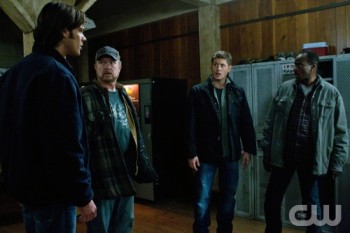
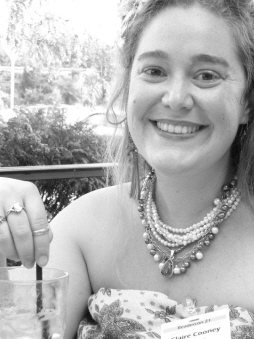
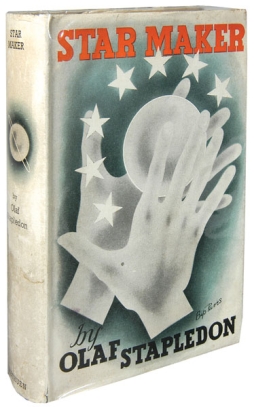 It’s often said that science fiction (or speculative fiction, whatever term you prefer) is a ‘literature of ideas’. I’ve never been able to agree with that statement. In part, I feel much the same way
It’s often said that science fiction (or speculative fiction, whatever term you prefer) is a ‘literature of ideas’. I’ve never been able to agree with that statement. In part, I feel much the same way 